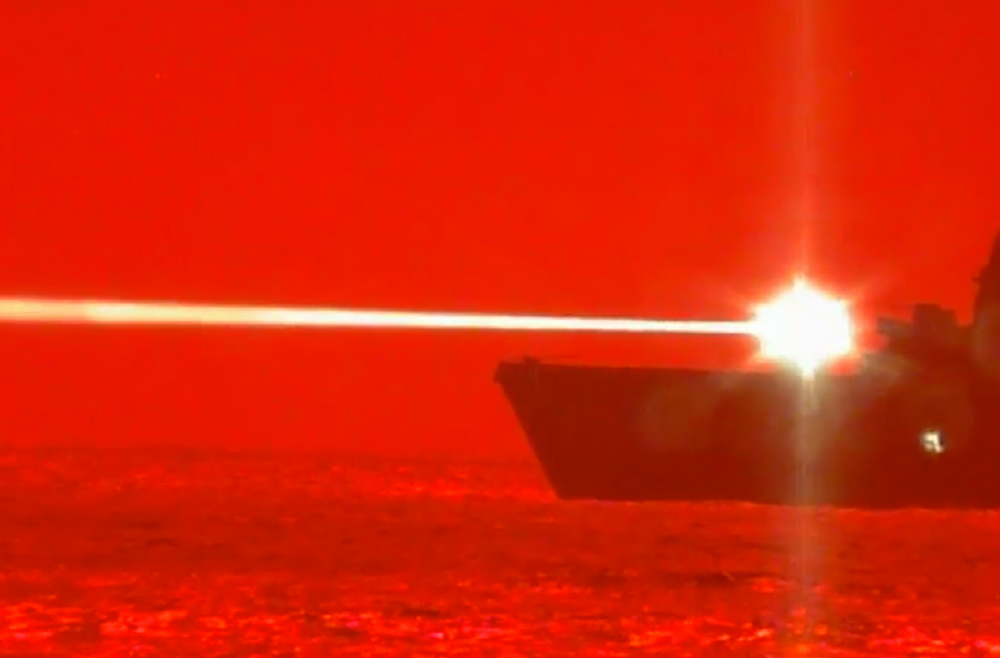
Along with technological advances, the use of drones is drawing attention. Some point out that inexpensive homemade drones pose a threat to the military. Meanwhile, the US Navy Pacific Fleet announced that it had shot down a drone with a laser weapon mounted by the Portland LPD-27, a San Antonio-class dock-type transport and landing ship.
According to this, the LPD-27 succeeded in shooting down the drone with a laser attack through the LWSD (Laser Weapon System Demonstrator), a solid laser weapon installed on the ship on May 16 (local time). A drone hit by a laser cannon burns red. The flight continued for a while, but after a few seconds it exploded.
LWSD is a high-power solid-state laser weapon developed by the US Naval Research Bureau. The laser system was developed by the military company Northrop Grumman, and the ship integration test was led by the US Naval Surface Warfare Center in Port Hueneme, California and Dahlgren, Virginia. This is the first time to implement a high-power solid-state laser weapon system.
LPD-27 Commander Lieutenant Kelly Sanders said he was able to derive useful information about the capabilities of solid-state laser weapons systems from potential maritime threats posed by drones or small ships.
Battleships are facing more threats than ever before in missions such as drones, armed small boats, enemy intelligence systems, and surveillance and reconnaissance systems. The Navy believes that a directional energy weapon that will attack by directly investigating the directional energy for a target can be an effective defense against drones and armed small boats. The development of naval weapons, including the LWSD, can increase the benefits of immediate response to threats to commander options.
Captain Sanders said the Fixed Laser Weapons System Demonstration is a unique feature Portland is testing for naval use, and will pave the way for future weapons systems. This new advanced feature could redefine naval combat at sea. Related information can be found here .


